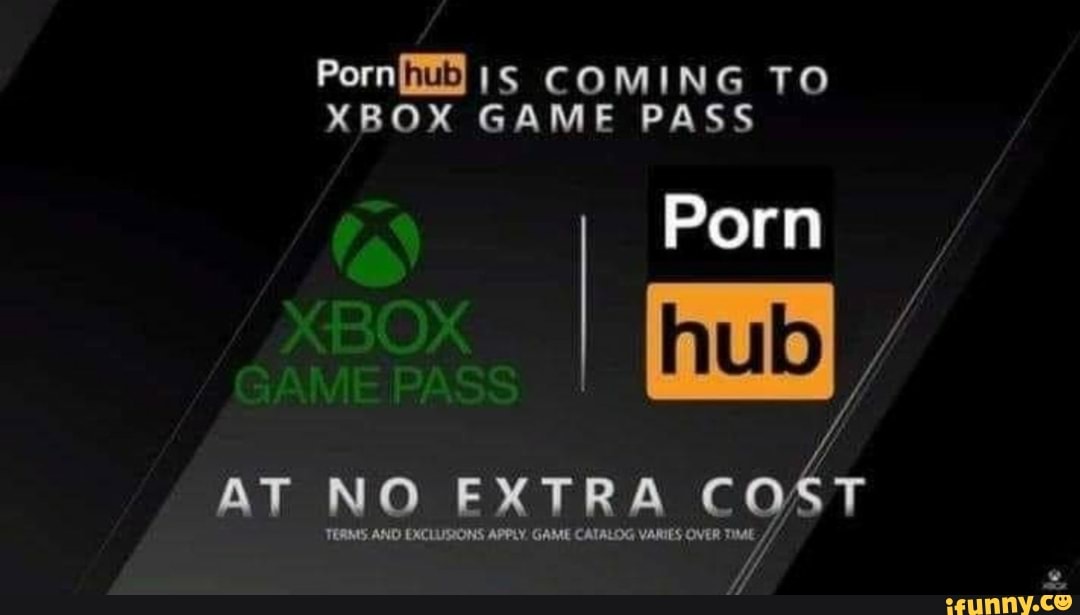
Sometimes they use debit cards, but often they’re credit cards. These days, most people pay with plastic instead of cash. Learn more: The Biggest Bang for Your Buck 8. It’s simple but a terrific way to introduce a discussion on spending, saving, and budgeting. This online game guides kids through a shopping trip, with financial literacy questions along the way. Learn more: Career Profiles Job Salaries by Field 7. Plus, ask them to think about the education they’ll need to land those jobs, and how long it will take them to earn the money to pay back any loans they’ll have to take. Encourage them to factor in where they plan to live (salary ranges can be dramatically different across the country). Then, have them research average salaries for those jobs. Discover what jobs actually payĪsk students to list some jobs they think they’d like to do someday. Learn more: Savings “First Aid Kit”/CFPB 6. Students learn about real-world costs and come up with ways to save in advance and adjust on the fly. Budgeting activities like this one help students learn what to do when unexpected expenses crop up. It’s no secret that things can and do go wrong.

Learn more: Make a Healthy Grocery List/WebMD 5.

Either way, remind them to make sure their menus include healthy options. Or have them start with a weekly food budget and work backwards from there. Use grocery store websites to your advantage, and have kids take a virtual “shopping trip.” They can plan meals and determine what they’ll need to buy. Most kids probably have no idea how much groceries cost. Saving money is just one part of the process-they also need to consider what makes a good purchase, and whether they should pay up front or borrow the money instead. This activity encourages kids to think about purchases, especially major ones. Learn more: Budgeting Worksheet Tools/CFPB 3. Then, give them hypothetical “adult” situations to plan for, with income and expenses drawn from typical people in your area. Start by having kids consider their current financial situation. Show kids how to use their Income Tracker, Spending Tracker, Bill Calendar, and Budget Worksheet (all at the link below). The Consumer Financial Protection Bureau has developed lots of tools to help teens and adults learn to manage money. Learn more: The Jellybean Game/Pretty Providence 2. They’ll use jellybeans to decide what they need, want, and can truly afford. Try the Jellybean Gameīefore you get into the nitty-gritty of numbers, start with this clever activity that gives kids practice allocating assets in a low-stakes way. Give teens the knowledge they need to make smart financial choices now and in the future. These budgeting activities are terrific for a life-skills class, morning meeting discussion, or advisory group unit. If we let students graduate high school without learning key skills like saving and budgeting, we’re doing them a real disservice.


 0 kommentar(er)
0 kommentar(er)
